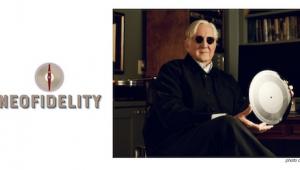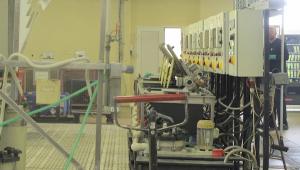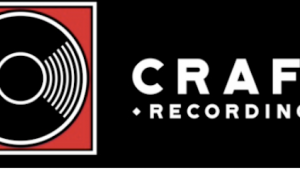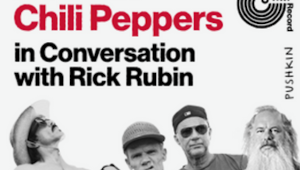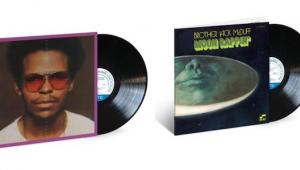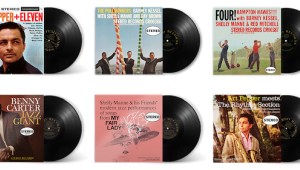I have been somewhat meticulous about the releases of KOB and have both a Classic Clarity 33 and 45 RPM release from the 2002 sets. I wonder if I am duplicating my effort?
Either way, for whatever reason, I am always happy to add a different pressing of KOB to my world.
I would love to know the inside history of Classic Records...they had some amazing releases.



















